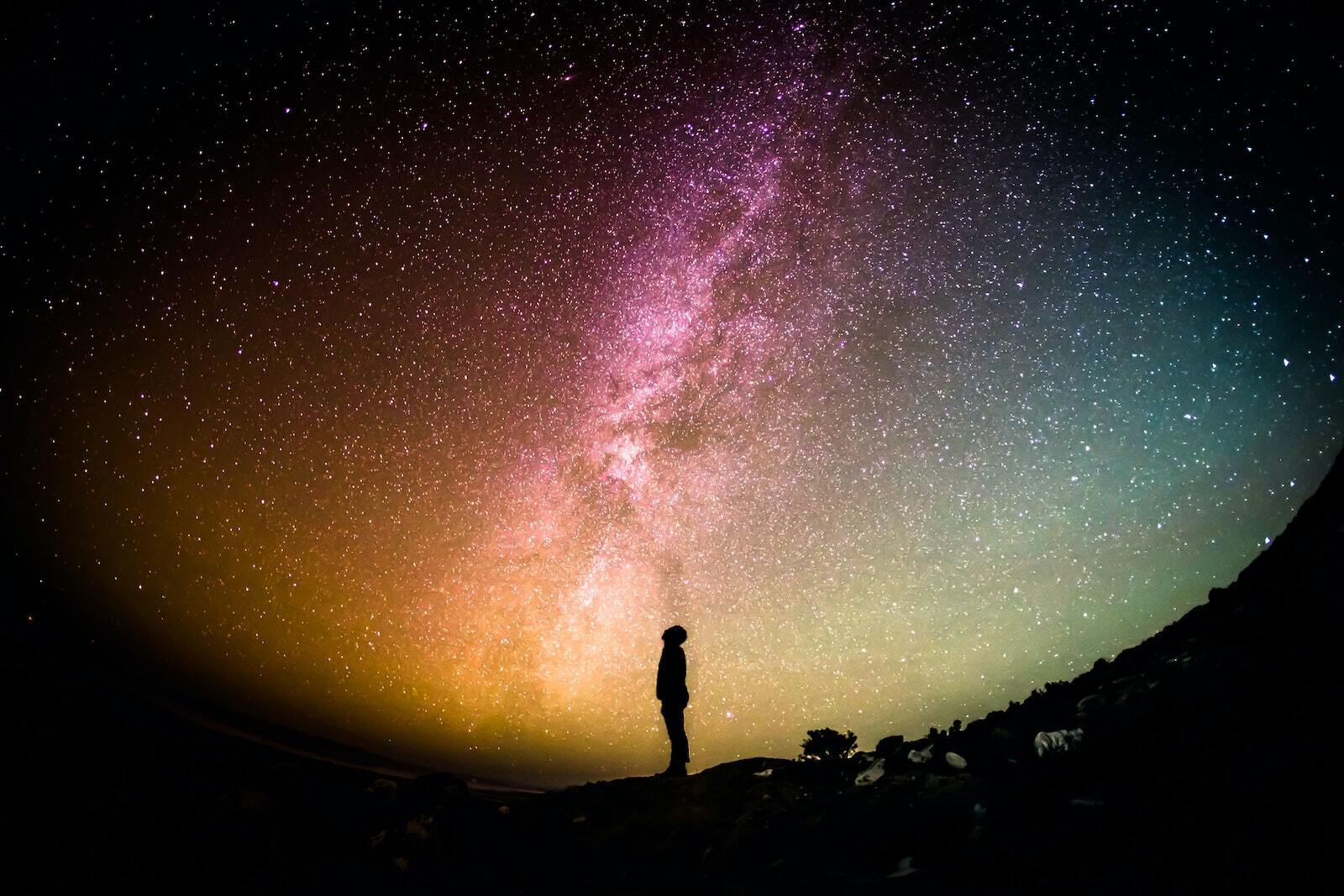How to Keep Chronic Illness or Pain from Hijacking Your Spiritual Progress
For many of us on the spiritual path, the experience of physical illness or chronic pain presents one of the greatest challenges to our equanimity...
3 min read
 Craig Hamilton
:
Aug 19, 2020 12:45:00 AM
Craig Hamilton
:
Aug 19, 2020 12:45:00 AM

In this 12-minute audio excerpt from a live Facebook Q&A, Craig expands upon his approach to maintaining equanimity in the midst of challenging circumstances. He explores one of the most powerful potentials that spiritual awakening makes possible: being grounded in a deep, spiritual center that can’t be touched by anything that happens on the surface of our lives. He also provides some simple practices you can use to connect to this source.
Below the audio I’ve also included a transcript of the talk, if you’d prefer to engage the content in that way.
Craig Hamilton: Brenda says, "Do you have skills or strategies to offer when your equanimity is knocked off center, particularly when people are being aggressive and threatening toward you?"
This has come up a few times. It's something that probably all of us on a spiritual path have to grapple with at times. If we're on a spiritual path in one form or another, we're likely trying to live with some equanimity, aren't we? We're trying to be centered, steady, and present, striving for consistency. That's one way to think about the outward expression of equanimity. Inwardly, it means being steady.
I once used the metaphor of being like a boulder in a stream bed. Even when violent flood waters come through, reshaping the stream bottom, the boulder doesn't budge. It stays in place because it has so much mass and weight. An awakened being, a spiritually awakened person, has a similar depth and weight. They are profoundly anchored in something deeper than the ups and downs on the surface of life, so no matter what happens, they don't move or budge.
This is the potential of spiritual awakening. All of us, to some degree, are probably trying to find our way there. But as Brenda was asking-what happens when people are aggressive and threatening toward us? That's when our equanimity might be most disturbed, especially when we feel our safety is at risk.
I want to share a couple of perspectives on equanimity that you can try to work with and practice.
Often, we imagine equanimity as being detached from life, a bit removed, like the Buddha sitting under the Bodhi tree. The demon Mara tries to tempt him with all manner of worldly things, appealing to his fears, his desires, but the Buddha remains unmoved. We look at that image and think, "He must be so distant from the things of the world." But the kind of equanimity I'm pointing to isn't about being distant or detached.
One example is being like a boulder-finding something solid and weighty within ourselves that doesn't get blown off course by life's storms. Another metaphor is the ocean: the surface may be stormy with waves and chop, but deep below, there is profound stillness that remains unaffected by what happens above.
There are two practices I want to invite you to try.
The first is a meditation practice. Sit still, physically unmoving, but also inwardly still. Even if thoughts arise, even if intense feelings or chaotic thoughts come up, can you sit there without reacting to them? Can you remain still, not engaging with the mind's content or your emotions, not trying to change anything, just allowing everything to be as it is? This is a practice you can do for 20 or 30 minutes a day.
I always teach that meditation is a great starting point because it's a controlled environment. When you're meditating, there's no external demand on you, so you can focus entirely on being still and reacting to nothing.
Now, if we do this consistently, we start to discover that there is a part of us that never moves-a dimension of consciousness that has always been still, deep like the ocean. Then comes the experiment of bringing this into our daily lives. The question becomes, how can we live, engage, interact, and create while staying in touch with that deep, still center? What does life look like when it flows from that depth? How does it feel to live from that place? Each of us has to experiment with this for ourselves. In my programs, I offer detailed practice guides and exercises, but what I'm trying to convey here is the spirit of adventure, exploration, and experimentation.
As we practice meditation, it's important to remember that we're not trying to maintain a meditative state throughout the day. Life demands action, engagement, and response, which are different from the stillness of meditation. So, instead of clinging to that meditative awareness, we explore how to stay rooted in our inner depth while engaging with the world.
When we lose our equanimity, as Brenda mentioned, it's an opportunity for reflection. We can ask ourselves, "Why did I lose touch with my center when that person threatened me?" Our essence remains deep and untouched, so why are we disconnecting from it? This inquiry deepens our practice.
These are some pointers on how to make a practice out of this, and they can begin to have a real impact.

For many of us on the spiritual path, the experience of physical illness or chronic pain presents one of the greatest challenges to our equanimity...

Disruption can be unsettling—but it can also open the door to radical creativity and transformation. The author Nassim Nicholas Taleb has written...

1 min read
When we sit down to meditate, most of us make a conscious effort to let go of all of our worldly concerns in order to bring our attention to a deeper...